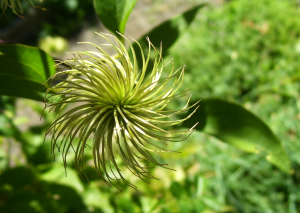In November, I participated once again in a conference I’ve spoken at in the past, in the Fourth Annual Bioinspiration Conference, hosted by the San Diego Zoo. From the title of this year’s conference– Accelerating Development of Nature’s Solutions—it was clear that the conference was focused on the scientific and economic realities of developing bio-inspired products. It was exciting to see so many representatives from large companies there—New Balance, The North Face, Steelcase, Proctor and Gamble, among others—and to hear economists like Lynn Reaser talk about the challenges and opportunities for exciting technological innocations in this emerging field.
All in all, it was a “Do the math” kind of gathering. Yes, the value proposition for any new technology is difficult to factor. I tend to come down on the side of optimism, but I understand the sometimes crippling caution that many large firms can have.
Speaking of sophisticated mathematical calculations to assess profit and loss ratios and determine resource allocation (which is essentially what companies must do to  survive), apparently plants do this as well! My favorite part of this article, however, is the last paragraph:
survive), apparently plants do this as well! My favorite part of this article, however, is the last paragraph:
Commenting on the research, Dr Richard Buggs of Queen Mary, University of London, said: “This is not evidence for plant intelligence. It simply suggests that plants have a mechanism designed to automatically regulate how fast they burn carbohydrates at night. Plants don’t do maths voluntarily and with a purpose in mind like we do.”
“Like we do? This man clearly never encountered the adolescent Jay Harman in maths class … “







